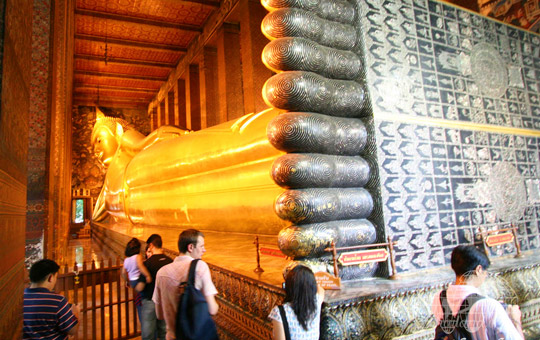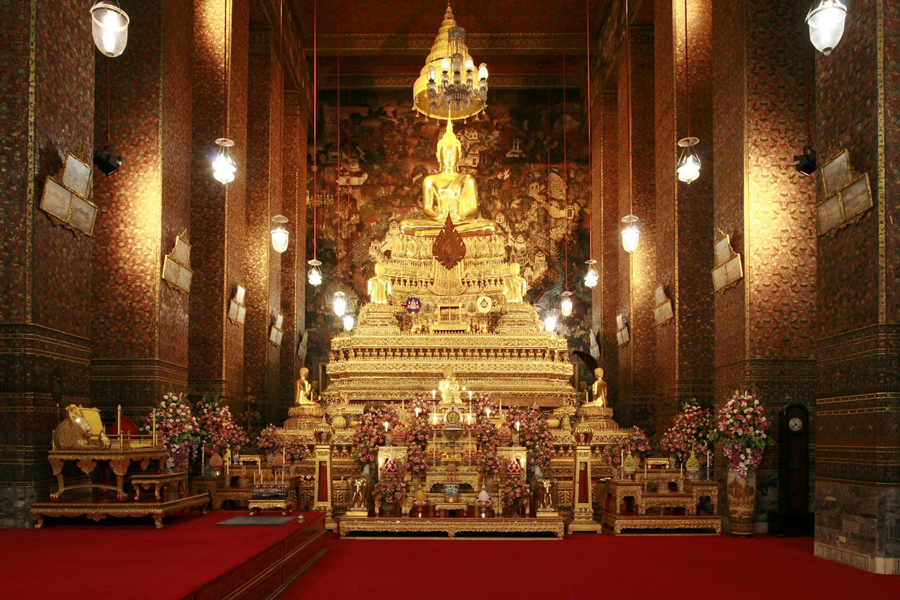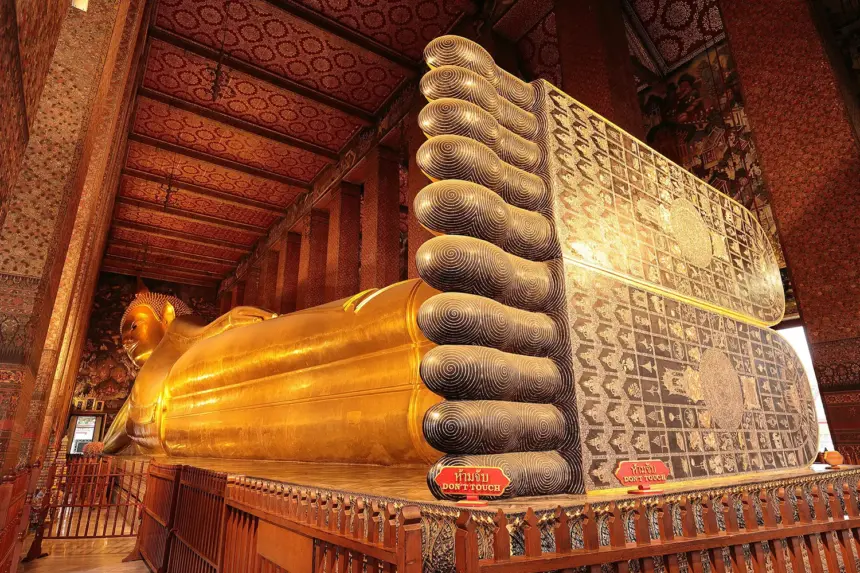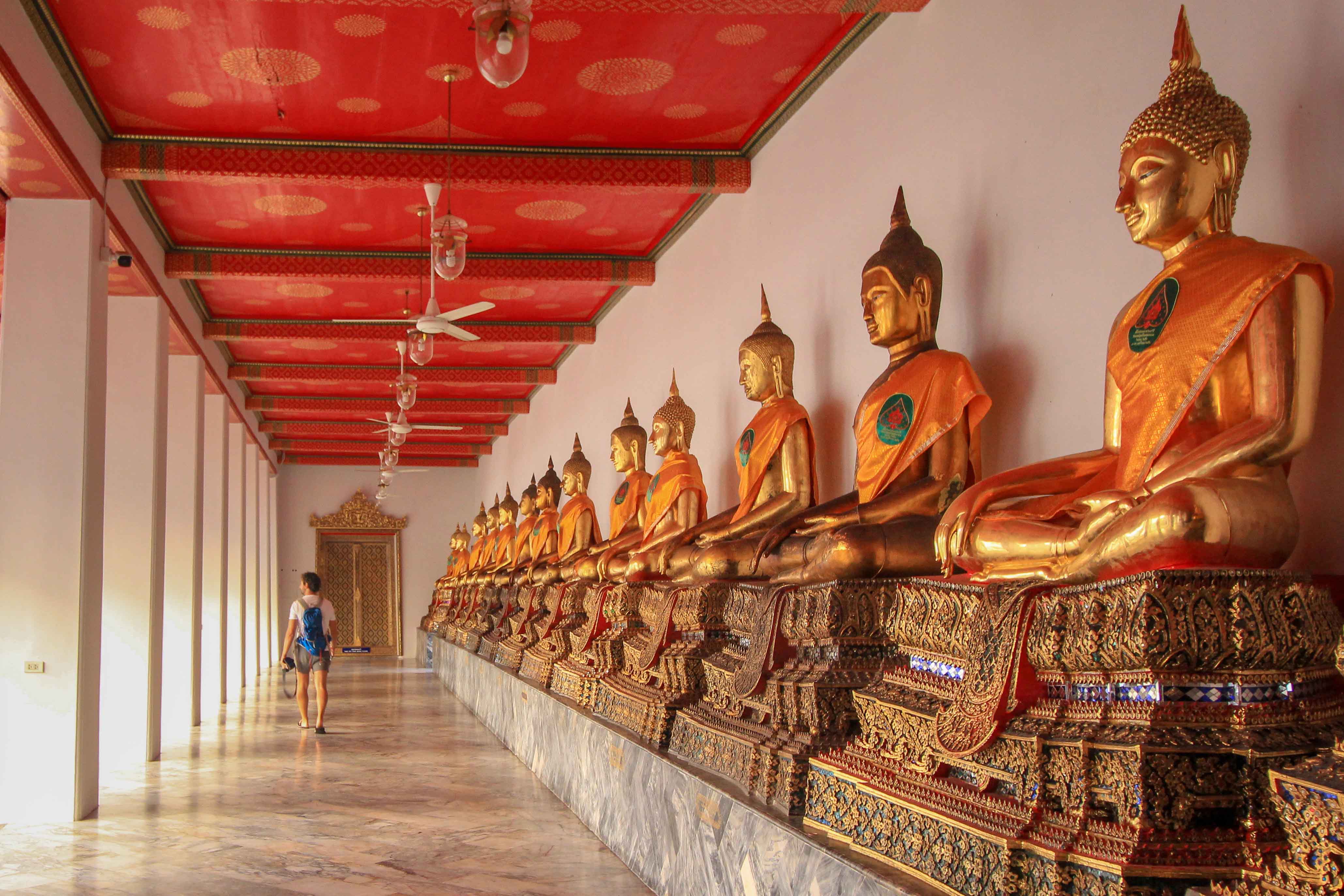Wat Pho
Bangkok, Thailand

Visit Wat Pho (Temple of the Reclining Buddha) in Bangkok, Thailand, one of the most iconic historical sites in the country. Explore its stunning architecture, massive golden Buddha, and rich cultural heritage, including its role as the birthplace of Thai massage. A top destination for Wat Pho tourism, this revered temple is a must-see for anyone looking for things to see in Bangkok or seeking an immersive experience in Thai history and spirituality.
Nestled in the heart of Bangkok, Wat Pho, also known as the Temple of the Reclining Buddha, is one of the most iconic and revered historical sites in Thailand. A must-see destination for travelers exploring Bangkok, Wat Pho combines centuries-old Buddhist traditions with magnificent Thai architecture, making it a top choice for anyone interested in cultural tourism and historical landmarks in Thailand. A Brief History of Wat Pho Wat Pho dates back to the 16th century, during the Ayutthaya period, but it rose to prominence in the late 1700s when King Rama I rebuilt the temple complex on the ruins of an older structure. Later, King Rama III expanded and renovated it extensively, turning Wat Pho into a national center for public education, including traditional Thai medicine and massage. In fact, Wat Pho is considered Thailand’s first public university and remains an important center for traditional Thai massage training to this day. For those wanting to visit Wat Pho and understand the roots of Thai wellness practices, this temple holds deep cultural and historical significance. Top Features and Highlights The star attraction is undoubtedly the massive Reclining Buddha statue, stretching 46 meters long and 15 meters high. Covered in gold leaf and with intricate mother-of-pearl inlays on its feet, the statue symbolizes the Buddha’s entry into Nirvana. The surrounding ordination hall (Phra Ubosot) is equally breathtaking, featuring exquisite murals, carved gables, and hundreds of gilded Buddha images. Wat Pho also houses the largest collection of Buddha images in Thailand. The temple complex spans over 80,000 square meters and includes several courtyards, beautifully decorated pavilions, stupas, and serene gardens. Visitors are also drawn to the traditional Thai massage pavilions, where you can experience a genuine massage from a trained practitioner right on temple grounds. What Makes Wat Pho Unique One of the more fascinating aspects of Wat Pho tourism is its connection to Thai medicine and astrology. Stone inscriptions throughout the temple include diagrams and teachings used to preserve Thai traditional knowledge. These inscriptions have earned Wat Pho a place on UNESCO’s Memory of the World list. Another lesser-known but intriguing fact is that Wat Pho was the birthplace of Thai massage. Tourists often come specifically to study or receive treatments, making it both a spiritual and holistic healing destination. Don’t miss the 108 bronze bowls in the corridor behind the Reclining Buddha—dropping a coin in each is believed to bring good fortune. Visiting Wat Pho Today – Tips and Practical Info Wat Pho is still an active temple, and visitors are expected to dress modestly (no shorts or sleeveless tops) and behave respectfully. It’s open daily from 8:00 AM to 6:30 PM, with the last ticket sold at 6:00 PM. Admission is 200 THB for foreigners and includes a free bottle of water. The temple is easily accessible from major Bangkok attractions like the Grand Palace and Wat Arun—just a short ferry ride across the Chao Phraya River. It's best to visit early in the morning or late afternoon to avoid crowds and the midday heat. Photography is allowed, but flash and tripods are discouraged. While guides are available, audio guides or self-guided apps can offer a richer experience, especially for those interested in history and things to see in Bangkok.
Location
Coordinates: 100.493, 13.7466
View on Google Maps.jpg)



